
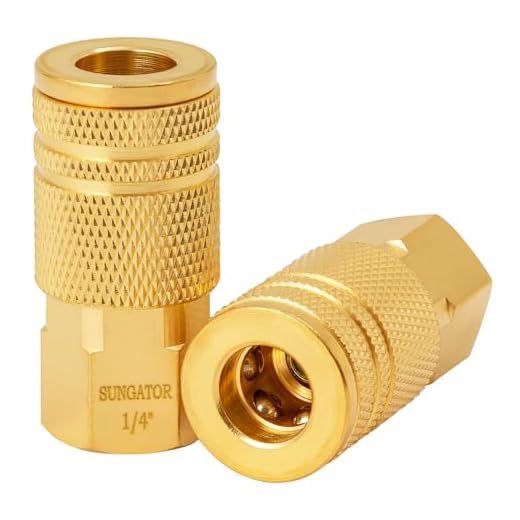


If you’re facing issues with your cleaning equipment, anticipate spending anywhere from £50 to £250 for basic repairs. Common problems, such as motor failures or hose leaks, can be resolved without straining your budget. Consider the extent of damage–minor fixes often fall on the lower end of the scale, while anything involving the pump or internal components may drive costs higher.
In my decade of experience, I have seen that diagnosing the root cause yourself can significantly reduce expenses. For instance, replacing a worn-out seal or nozzle typically costs under £20, while professional assistance can inflate that to £100 or more. Always weigh the option of DIY repairs against professional services, especially for issues that demand in-depth technical knowledge.
Brand loyalty impacts repair prices as well. Well-known manufacturers often have readily available parts, resulting in lower costs due to competition among service providers. Conversely, less popular brands could lead to higher repair bills as parts become rare. In any situation, obtaining multiple estimates is wise before committing to any repair plans.
Common Issues Affecting High-Pressure Cleaners and Their Costs
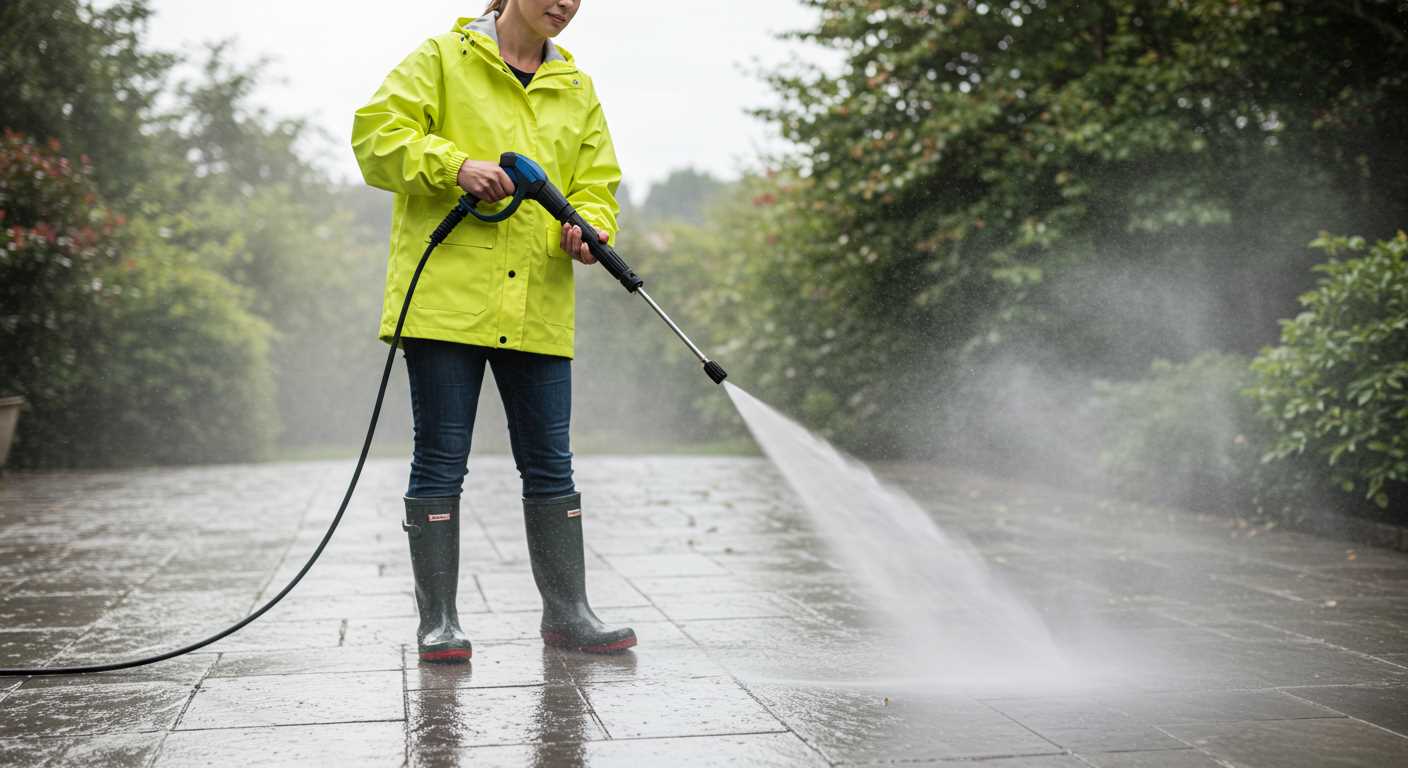
In my extensive experience with cleaning machines, I’ve encountered several frequent problems that can hinder performance. Understanding these issues can help you estimate the necessary financial outlay for satisfactory resolutions.
1. Pump Failures
Pump malfunctions are among the most common complications. Signs include low water pressure or leaks. Replacement parts for pumps typically range from £50 to £150, depending on the model. Professional service may add £100 to £200 to the total cost.
2. Motor Dysfunction
If the motor fails to start or runs intermittently, it usually indicates deeper issues, such as electrical faults or worn bearings. Repair costs can vary widely. Replaceable components might cost around £75 to £200, while a complete motor replacement can soar upwards of £300, including labour.
- Electrical connections: £50-£100
- Bearings: £20-£50 each
- Complete motor assembly: £200-£500
3. Hose and Accessory Issues
Damage to hoses or attachments tends to manifest in leaks or reduced pressure. Replacement hoses can be found for £20 to £50, while nozzles or other accessories usually range from £10 to £40 each. Consider purchasing upgraded options for enhanced longevity and performance.
4. Fuel System Problems
For gas-powered units, fuel issues like stale gasoline or clogged filters can lead to starting difficulties. Addressing fuel system complications may cost between £30 and £100, depending on what needs attention. Fuel filters generally cost around £10 to £20, while a complete tune-up might reach £50.
5. Belts and Couplings
.jpg)
Worn or damaged belts can produce loud noises or lead to component failures. Replacement prices for belts can fluctuate around £10 to £30, with professional assistance potentially costing an additional £50 to £100 for installation.
- Belt replacement: £10-£30
- Labour for replacement: £50-£100
Staying aware of these common faults and their associated repair costs can lead to better maintenance decisions and help prevent larger issues down the line. Regular checks and timely interventions can significantly extend the life of your equipment.
Labour Costs for Pressure Cleaner Repairs: What to Expect
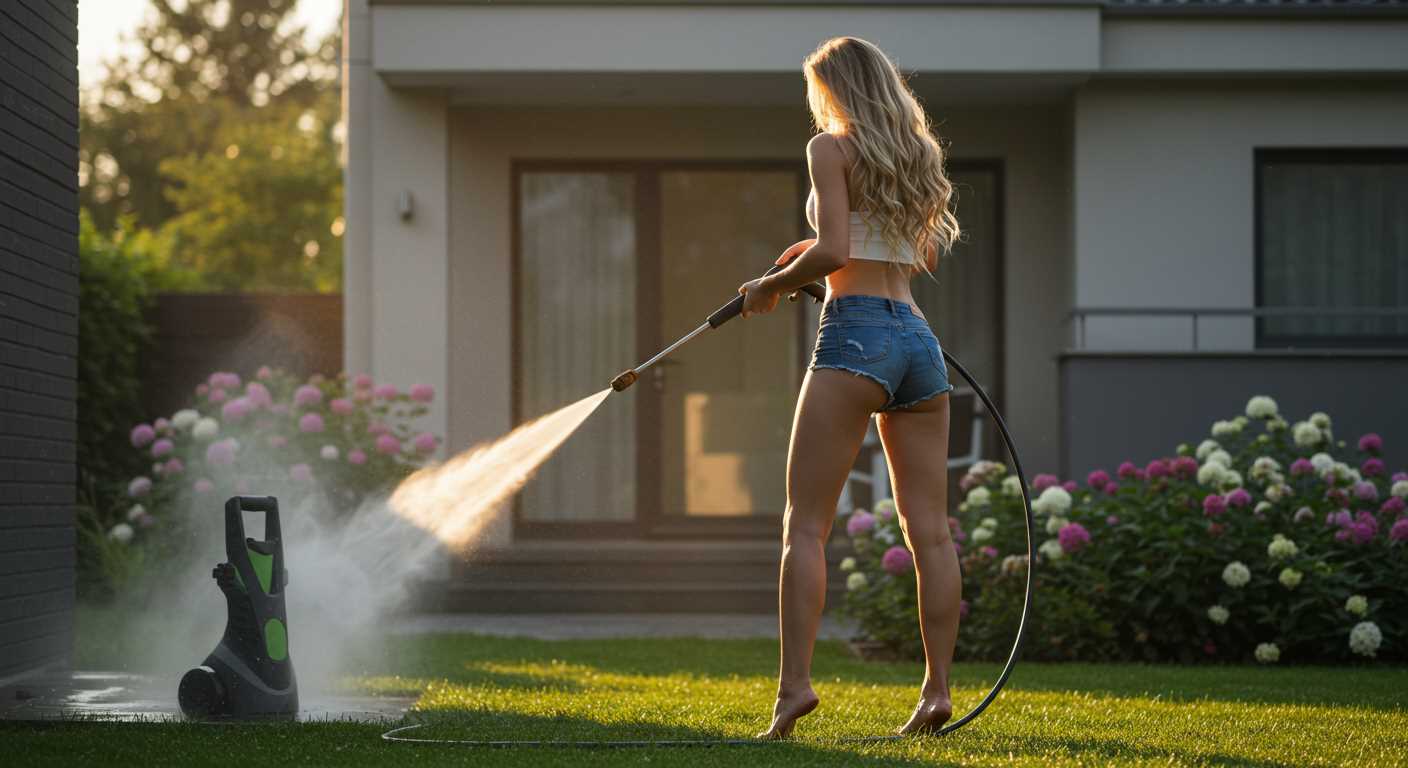
The average hourly charge for servicing equipment in this category typically ranges from £50 to £100. The rate can vary based on the technician’s experience, geographical location, and whether the servicing is conducted at a service centre or on-site.
If a technician visits your premises, you might encounter a call-out fee, often between £20 and £50. This fee covers the travel and diagnostic assessment, which can be particularly useful for identifying complex issues quickly.
Simple jobs, such as replacing seals or nozzles, may take around 1 to 2 hours, costing approximately £50 to £200. More intricate tasks, such as engine work or electrical repairs, might require 3 to 5 hours, amounting to £150 to £500 or more. Always request a detailed estimate before proceeding.
Consider that some technicians may charge a flat fee for common adjustments, which can sometimes offer savings over hourly rates. Additionally, if you bring the device to a shop, you may save on on-site fees, but keep in mind transportation costs.
Lastly, always ask about warranties on parts and labour after service. Many reputable technicians guarantee their work for a period, ensuring peace of mind for the investment in repairs.
Parts Replacement: Cost of Common Components
Replacing vital components of a cleaning device can vary significantly in cost. Here’s a breakdown of some standard parts and their price ranges based on my extensive experience within the industry.
Typical Component Costs
| Component | Estimated Cost (£) |
|---|---|
| Motor | 150 – 300 |
| Pump | 100 – 250 |
| Hoses | 20 – 60 |
| Trigger Gun | 25 – 75 |
| Nozzles | 10 – 30 |
| Wheels | 15 – 50 |
| Frame | 50 – 150 |
Always ensure you select parts compatible with your specific model. Consider sourcing components from reputable suppliers to maintain quality and performance. Investing in quality parts may save money in the long run by prolonging the lifespan of the equipment.
Additional Tips
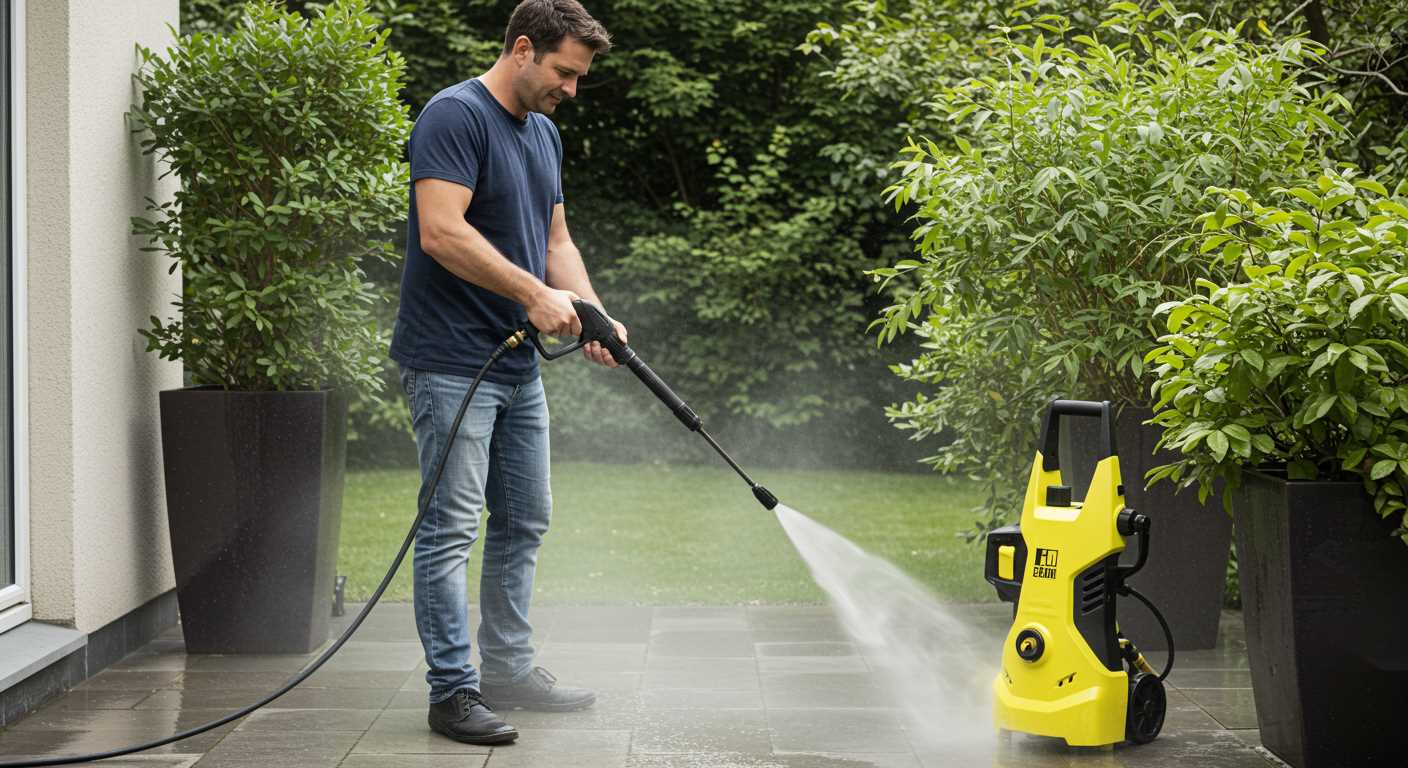
Look out for seasonal sales or discounts which can affect pricing. Online marketplaces often provide competitive rates, and it might be worthwhile to compare prices before making a purchase. If uncertain about which parts to acquire, consulting a professional or reaching out to the manufacturer can provide valuable guidance.
DIY vs Professional Fixes: Cost Evaluations
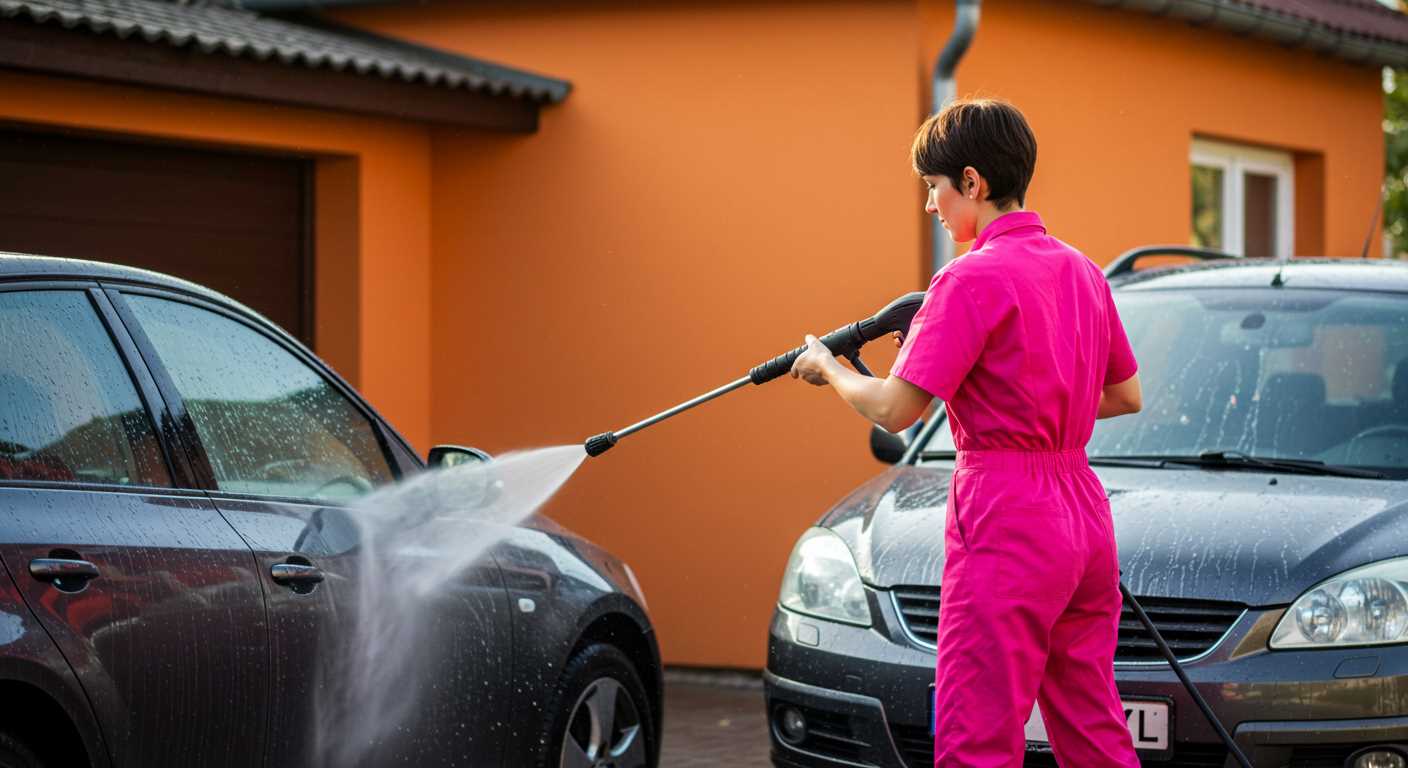
I recommend weighing the pros and cons of handling issues yourself versus hiring a specialist. If you’re comfortable with basic tools and have a bit of mechanical knowledge, some common problems can be tackled at home, such as cleaning filters or replacing nozzles. This can save a substantial amount, generally around £30 to £150, depending on the tools needed and the parts being fixed.
When to Choose DIY
If you find that the problem is straightforward, such as a clogged hose or a malfunctioning spray gun, applying a DIY approach can be feasible. Costs here will mostly involve purchasing parts, typically ranging from £10 to £50 for simple replacements. YouTube and DIY forums offer ample guides that can assist in the process, making it accessible for many individuals. However, ensure you understand the issue fully before proceeding to avoid potential missteps that could lead to further expenses.
When to Call a Specialist
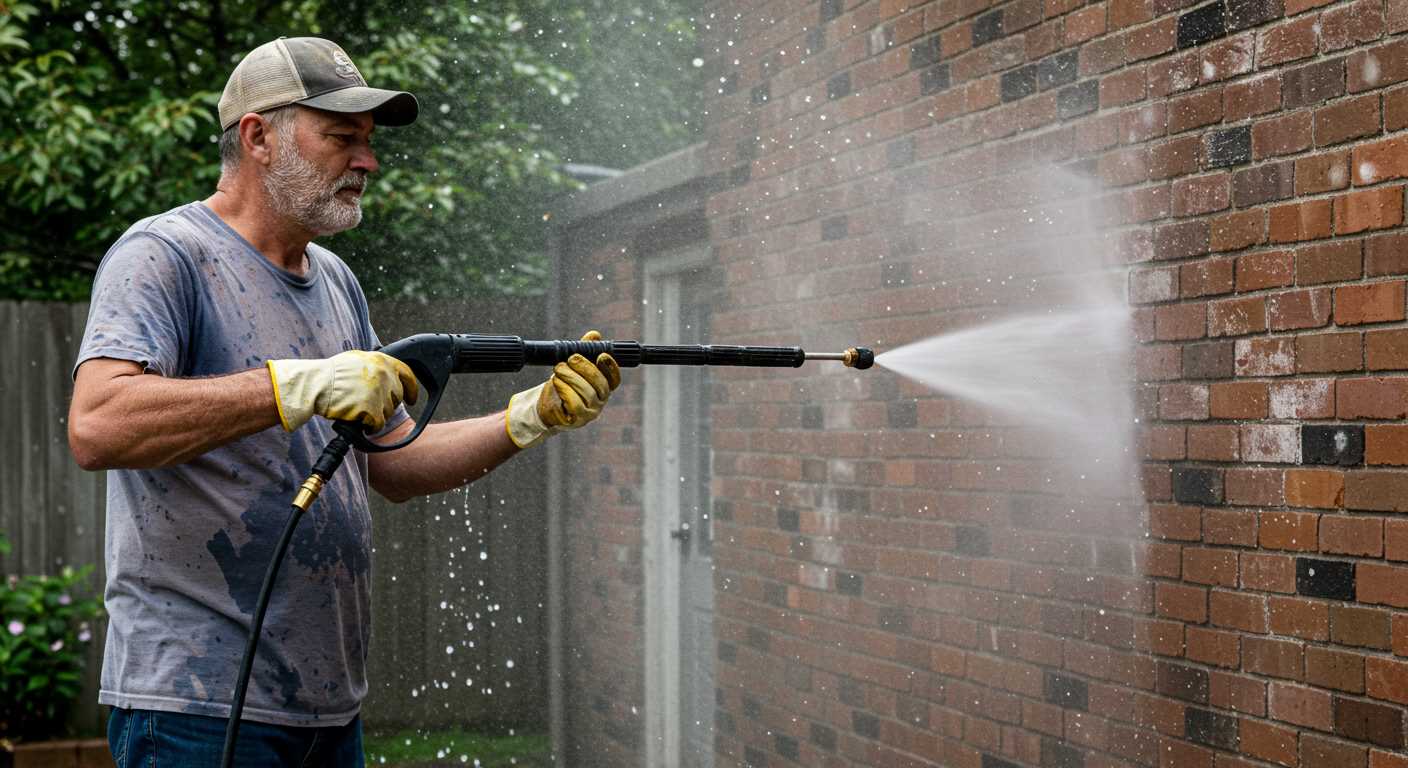
For mechanical failures or complex electrical issues, seeking expert assistance is often wise. The cost for professional services can range from £50 to £100 per hour, with total expenses influenced by the severity of the problem and travel fees for the technician. While this route incurs a higher initial cost, it often guarantees a lasting solution without the risk of further damage. Evaluating the situation based on your capability and the potential cost of professional services will guide your decision effectively.
Factors Influencing the Overall Repair Expenses
Several elements directly impact the expenditure for fixing a cleaning device. Firstly, the brand plays a significant role; well-established and premium manufacturers often have higher repair costs due to exclusive parts and service agreements. For instance, a device from a luxury brand may require proprietary components that can be pricier than generic equivalents.
Secondly, the age of the equipment can also be a determining factor. Older models may face challenges in sourcing compatible parts, driving up costs if components are discontinued or in low availability. This situation might lead to customised solutions, which can further escalate the financial outlay.
The intensity of the malfunction affects pricing, too. Minor faults such as a clogged filter are generally inexpensive to rectify. In contrast, fundamental issues like pump failures might necessitate significant investment due to the labour and components required. Understanding what is wrong can save on unnecessary costs by targeting specific issues efficiently.
Geographical location should not be overlooked. Service rates can vary drastically between urban and rural regions. Technicians in metropolitan areas might charge more due to higher operational costs, meaning that location can influence the bottom line.
Finally, warranty status can shape out-of-pocket expenses. If the device is still under warranty, certain repairs may be covered, alleviating financial burdens. However, consultations outside the authorised service networks might void these agreements, leading to full charges.
When to Repair or Replace Your Pressure Cleaner: A Cost Analysis
Evaluate the age of your machine. If it’s over seven years old and requires significant work, consider replacement. Spending 50% or more of the current value on fixes may not be worthwhile.
Assess the frequency of use. For regular tasks, investing in a new unit may save time and provide better efficiency. If it’s infrequently used, economical repairs could extend the life of your appliance without a large investment.
Review the extent of damage. Major components like the motor or pump may indicate that an upgrade is necessary. Small issues such as clogged attachments or hoses may justify fixing rather than a complete replacement.
Factor in emotional attachment. If you’ve had positive experiences and feel connected to your cleaner, a repair might feel more valuable than a new purchase, even if costs are comparable.
Consider warranty status. If your unit is still under coverage, seek repairs through the manufacturer. This option may lead to lower costs, making the choice to repair rather than replace more appealing.
Lastly, evaluate market trends for newer models. Improved technology may offer enhanced performance or energy efficiency, making replacement worth considering in the long run.







